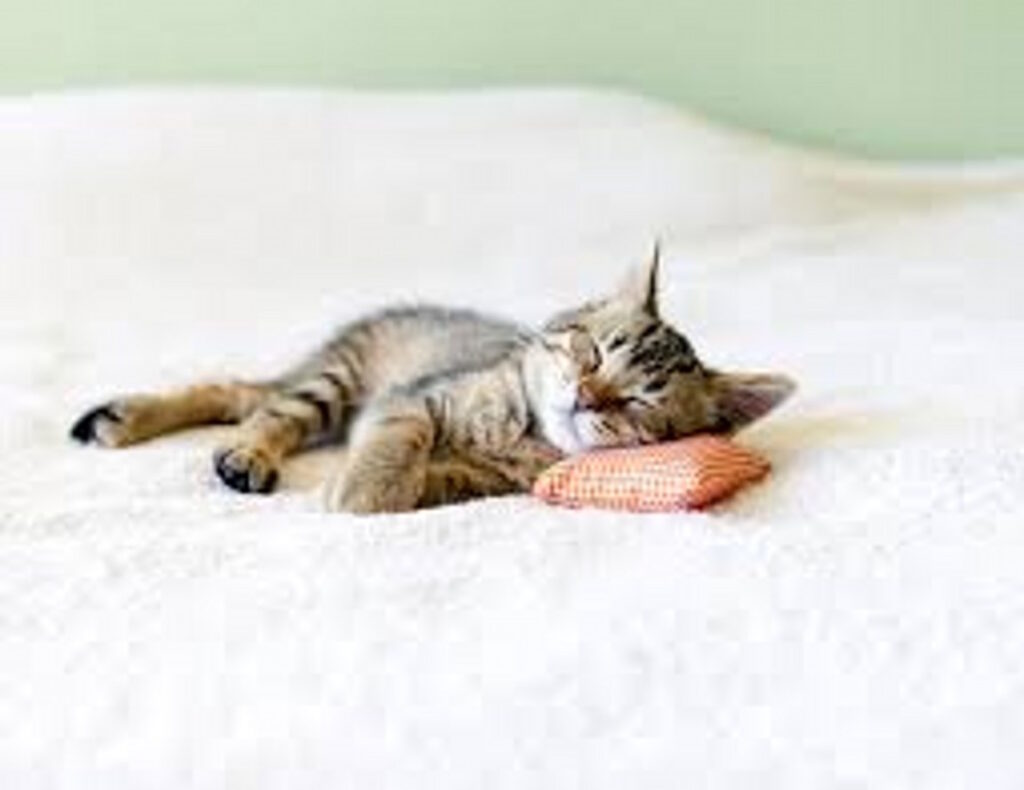Weaning kittens is a crucial stage in their development, requiring careful attention and a dedicated space to ensure their health and well-being. This process, typically starting around three to four weeks of age, marks a significant transition from complete reliance on their mother’s milk to solid food. Creating a safe and stimulating weaning environment is paramount to their successful development, minimizing stress and encouraging healthy eating habits. A well-planned space will alleviate many potential issues and allow you to seamlessly transition your little ones to independence.
Setting Up the Perfect Weaning Space
The ideal weaning area should be warm, quiet, and easily accessible. Avoid locations with high traffic, loud noises, or drafts. A small, enclosed room or even a large, sturdy cardboard box can work wonders. The key is creating a secure feeling for the kittens, where they don’t feel threatened or overwhelmed.
Consider the size of your litter when determining the space. Overcrowding can lead to competition for resources and increased stress. Ensure there’s enough room for each kitten to have its own comfortable sleeping spot and access to food and water without jostling with its siblings.
Hygiene is paramount. Kittens, especially in the early stages of weaning, are prone to illness. Frequent cleaning will help minimize the risk of bacterial or parasitic infections. Choose materials that are easy to clean and disinfect, such as washable flooring and easily wipeable surfaces. Disposable bedding is highly recommended during this period of heightened vulnerability.
Essential Elements for Weaning Kittens
In addition to a safe and clean environment, you’ll need specific items to support your kittens during weaning:
Food and Water Bowls: Small, shallow bowls are ideal; kittens can easily access food and water without getting their faces wet. Choose bowls made of durable, non-toxic materials. Multiple food and water stations ensure every kitten can eat and drink comfortably without competition.
Litter Box: A small litter box, specifically designed for kittens, placed in a quiet corner is essential. Use a litter that’s soft, unscented, and gentle on their paws. Regular cleaning is critical as they become more proficient at using the box.
Warmth: Kittens, especially those weaned early, need warmth. A heating pad set on low (always check the temperature!) or a warm water bottle wrapped in a towel can provide additional comfort. Never place the heating source directly under the kittens; always create a safer, indirect heated space.
Climbing and Playing Opportunities: Kittens are naturally playful creatures. This element should be included even in the early weeks of weaning. Providing soft toys, small scratching posts, or tunnel toys encourages exploration and allows them to exercise essential skills while they are getting comfortable with their weaning environment.
Nutrition During Weaning Kittens
A balanced diet is crucial for healthy growth and development. Start by offering moistened kitten formula or specially formulated weaning food. Gradually introduce semi-moist kitten food, blending it initially with the formula to help with the transition. Make sure to follow the feeding guidelines on the commercial food packaging appropriately. Avoid cow’s milk, as it can cause diarrhoea and digestive issues. Your veterinarian can also advise on the best nutritional plan for your kittens.
As they become accustomed to solid food, progressively increase the amount of solid food and reduce the amount of formula until they’re entirely weaned onto a suitable kitten diet. Observe their appetite; if they’re hesitant, try offering different flavors or textures. Consult your vet if they show any signs of malnutrition or lack of interest in food.
Monitoring and Supervision During Weaning Kittens
Continuous monitoring is vital during the weaning period. Keep a close eye on the kittens’ weight, appetite, bowel movements, and overall activity levels. Any changes could indicate a problem, and immediate veterinary attention is necessary.
Observe their litter box habits. They should be using the box consistently, demonstrating healthy bowel movements. Any abnormalities, such as diarrhea, constipation or frequent urination should warrant a visit to the vet.
Pay close attention to their interactions. While playful nipping and pouncing are expected, increased aggression or bullying could indicate underlying anxieties or health problems. Carefully observing your kittens in their controlled weaning environment is key to addressing challenges promptly.
Weaning kittens is a transitional phase that requires both patience and preparedness. By dedicating a safe, clean and appropriately sized space equipped with the necessities, you can provide optimal support for their development, making this important phase as stress-free as possible for both you and your growing litter. Remember to remain vigilant, observe closely, and seek veterinary advice when needed to ensure your kittens thrive during this crucial stage of their lives.

